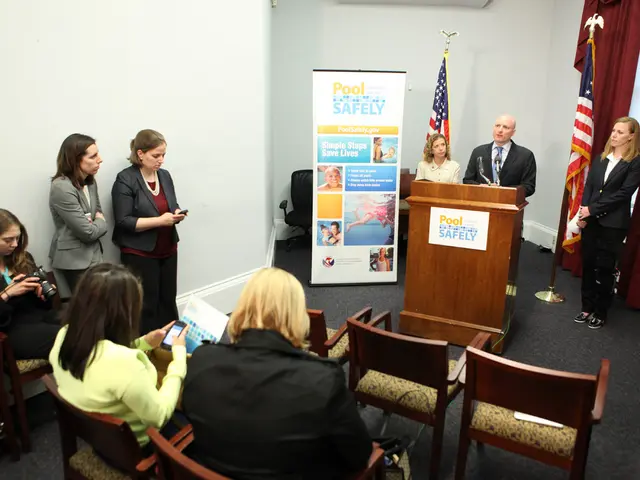Accelerating the pace of innovation development
Design of Experiments (DOE) is a revolutionary method being employed by organisations to solve intractable problems and create novel products. This approach, which enables scientists to combine DOE with efficient data management and contextualisation, is gaining traction in the R&D sector.
One of the organisations leading the charge is Riffyn, an organisation that empowers scientists to harness the full potential of DOE. By utilising DOE, organisations can gain a new understanding of the relationships between inputs and outputs, achieve faster, more predictable cycles, and save time.
DOE offers several advantages over traditional 'one factor at a time' methods. By actively manipulating factors according to a pre-specified plan, it is possible to solve complex problems and create novel products. Moreover, DOE provides greater insight and confidence in conclusions due to its comprehensive approach to the experimental space, offering a proper map of results and interactions between variables.
One of the main obstacles in encouraging others to adopt DOE is the human factor: the difficulty in visualising a multivariate experimental space. Pilar Gomez Jimenez, principal scientist at Johnson Matthey, attests to this challenge, stating that visualising multiple factors like temperature and pressure simultaneously can be daunting. However, she also notes that gaining management support for DOE has not been a problem at Johnson Matthey. In fact, the company has seen significant benefits, with savings of 50-70% in time and resources.
Vicky Svidenko, who leads the quantum systems integration team at Microsoft, describes the adoption of DOE as a transformative experience. She highlights how DOE allows organisations to 'fail fast', driving rapid innovation. Peter Goos, a professor at the University of Leuven and the University of Antwerp, echoes this sentiment, explaining the shortcomings of relying on 'one factor at a time' methods in R&D. These methods overlook synergistic and antagonistic interactions, do not use proper randomisation, and can lead to false conclusions due to lurking variables.
Adopting DOE can have a 'snowball effect' on an organisation, improving predictability and enabling more efficient ways of working. Bradley Jones, senior research fellow at JMP, refers to DOE as 'active learning' and emphasises its potential to lead to transformational results, such as a productivity boost of 10-15% and reduced time to market for new products.
In conclusion, Design of Experiments is a powerful tool that is transforming the way organisations approach research and development. By embracing DOE, organisations can make better decisions faster, meet project milestones more predictably, and unlock new opportunities for innovation.
Read also:
- Peptide YY (PYY): Exploring its Role in Appetite Suppression, Intestinal Health, and Cognitive Links
- Toddler Health: Rotavirus Signs, Origins, and Potential Complications
- Digestive issues and heart discomfort: Root causes and associated health conditions
- House Infernos: Deadly Hazards Surpassing the Flames








